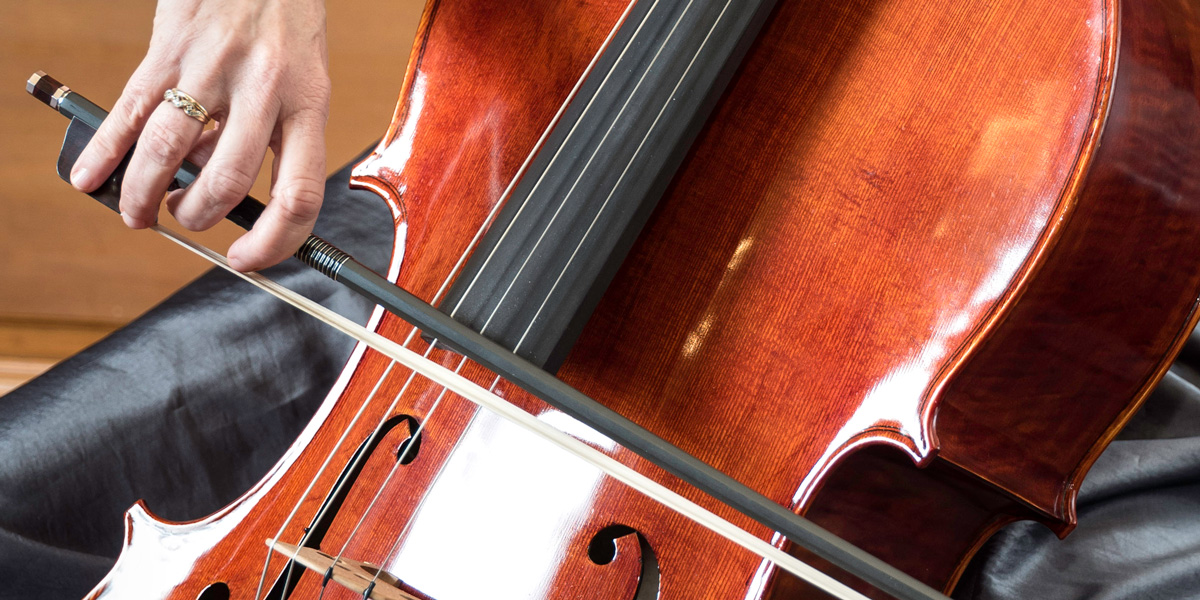
For eight decades, the Cheltenham Music Festival has been a cornerstone of Britain’s classical music calendar, nestled in the heart of the Cotswolds in Gloucestershire. This storied festival has built its reputation not only by presenting world-class performances but also by championing new works from internationally renowned composers. The festival’s commitment to contemporary music was evident from its very first year, when Benjamin Britten conducted his own specially commissioned piece. Now, Jack Bazalgette steps into the role of Artistic Director, bringing fresh perspective shaped by his experience leading Through The Noise, an innovative project that has taken concerts to venues across the UK. As he takes the helm of this distinguished festival, Bazalgette promises to honor Cheltenham’s rich legacy while charting new creative directions.
More in the show notes at https://accelerandocast.com/show_notes/
